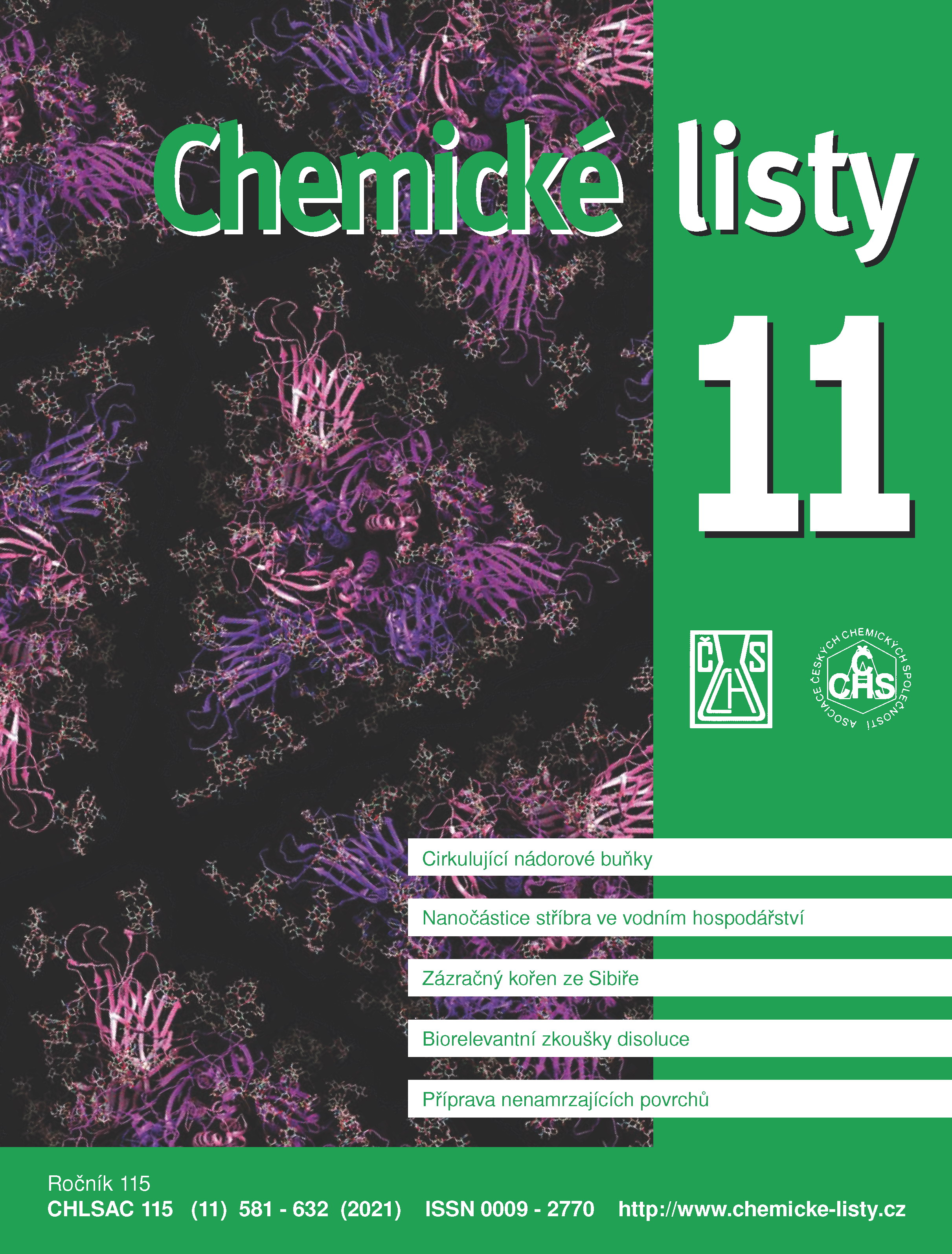Methods for Determination of ᴅ-Isocitric Acid in Fruit Products
Keywords:
ᴅ-isocitric acid, enzyme assay kit, capillary isotachophoresis, capillary zone electrophoresisAbstract
Among other things, ᴅ-isocitric acid is used as a marker to assess the authenticity and quality of fruit (and vegetable) products. The ratio of citric/ᴅ-isocitric acid is accepted as an indicator of adulteration of fruit juices by an unauthorized acidification. The aim of the presented paper was to choose the most suitable method to determine ᴅ-isocitric acid in three different matrices (orange juice, strawberry jam, and ketchup) and the selected reference material (from the offer of the DRRR Co.). The following methods were verified and compared: two enzyme assays (from Megazyme and r-Biopharm), capillary isotachophoresis (two electrolyte systems) and capillary zone electrophoresis. Based on the analyses performed, the enzyme assay kit from Megazyme was chosen as the most suitable analytical method for the determination of ᴅ-isocitric acid. This choice was done using performance characteristics of that method, such as the limit of quantification (35 mg kg–1 for liquid samples and 25 mg kg–1 for solid samples), repeatability (2.4%), recovery (101–113%), values achieved for the ᴅ-isocitric acid concentration in the test samples (29–126 mg kg–1), and the ability to determine free and total ᴅ-isocitronic acid.





